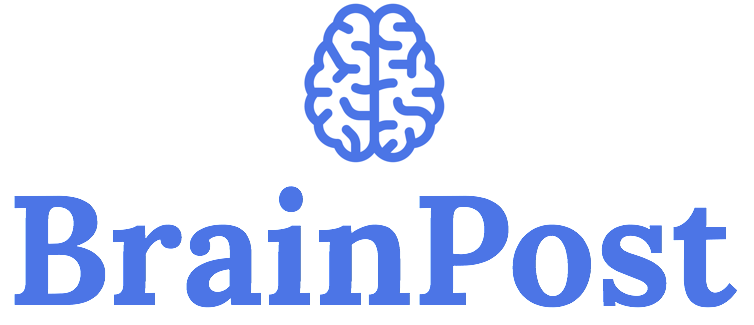How Do Brain Dynamics Affect Cognitive Performance?
Post by Meredith McCarty
The takeaway
The brain criticality hypothesis is a unifying theory of brain function and dysfunction, but lacks thorough empirical evidence. This study provides evidence linking cognitive function and critical dynamics in humans with epilepsy.
What's the science?
Cognitive impairments, including learning, memory, and attention difficulties, are a feature of numerous disorders and can stem from many factors that are difficult to model in a unified framework.
The brain criticality hypothesis is a theoretical framework that links brain structure to its dynamics, with potential for use in understanding brain function and dysfunction. Within this “critical dynamics” framework, optimal network dynamics occur at an equilibrium between order and disorder, with optimal long-range temporal correlation (TC) of brain activity occurring at long time delays. Without direct access to measures of TC within brain networks, prior attempts to apply the critical dynamics framework to understand cognitive function and dysfunction have fallen short.
This week in PNAS, Müller and colleagues investigated the relationship between cognitive impairment and critical dynamics using extensive neural recordings in humans.
How did they do it?
To effectively capture the neural dynamics central to this theoretical framework, the authors analyzed previously collected datasets from 104 people (47 female) with epilepsy who had electrodes implanted in their brains for presurgical evaluation. Unlike prior non-invasive studies in a similar vein, this dataset allowed the authors to analyze data directly recorded from neural tissue and quantify the temporal correlation (TC) of brain dynamics as a measure of signal decay over time.
They related the changes in TC in individual participants to measures of cognitive impairment, which were captured via cognitive testing that measured levels of language, attention, working memory, and verbal learning. Additional factors analyzed included the dose of anti-seizure medication (ASM) given, occurrence of interictal epileptiform discharges (IEDs), and occurrence of slow-wave sleep (SWS) during each day of the participant’s recording.
To understand how these factors relate to overall network dynamics, the authors studied a neural network model, consisting of 1024 neurons, and were able to simulate how anti-seizure medication, occurrence of interictal epileptiform discharges, and occurrence of slow-wave sleep significantly changed TC and other measures of network dynamics.
What did they find?
Analysis of the neural network model revealed optimal dynamics when TCs were maximized, and that simulating the network effects of slow-wave sleep, interictal epileptiform discharges, and anti-seizure medication all reduced TCs, leading to impaired dynamics.
They found the same decreased TC with increased slow-wave sleep, interictal epileptiform discharges, and anti-seizure medication in the neural data recorded from epilepsy patients as in the neural network model. Interestingly, interictal epileptiform discharges led to TC reduction in a dose-dependent way, which points to a potential mechanism by which epileptic activity may lead to cognitive impairments.
They found some evidence that tissue in the seizure onset zone (where seizures typically originate) was closer to criticality, with longer TCs, potentially linking these critical dynamics and potential imbalances to seizure initiation. Further statistical analyses revealed that TC changes significantly predicted cognitive task performance, with decreased TC predicting attention, working memory, and language impairment.
What's the impact?
This study found that TC predicts cognitive performance and is perturbed by slow-wave sleep, interictal epileptiform discharges, and anti-seizure medication in people with epilepsy. Further research into critical dynamics in neurotypical individuals and those with neuropsychiatric disorders will be key in developing a unifying framework by which to understand cognition and potential therapeutic targets in the human brain.




